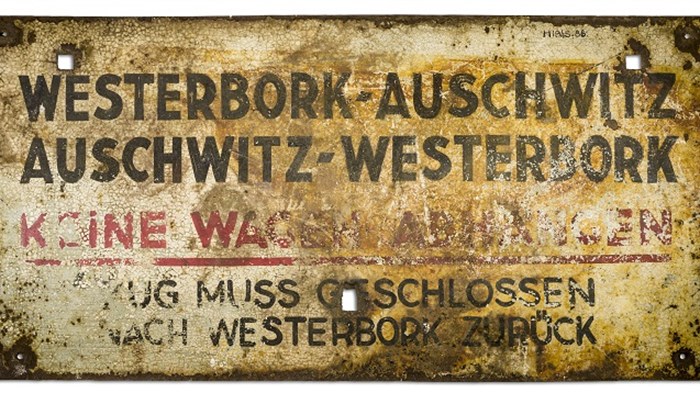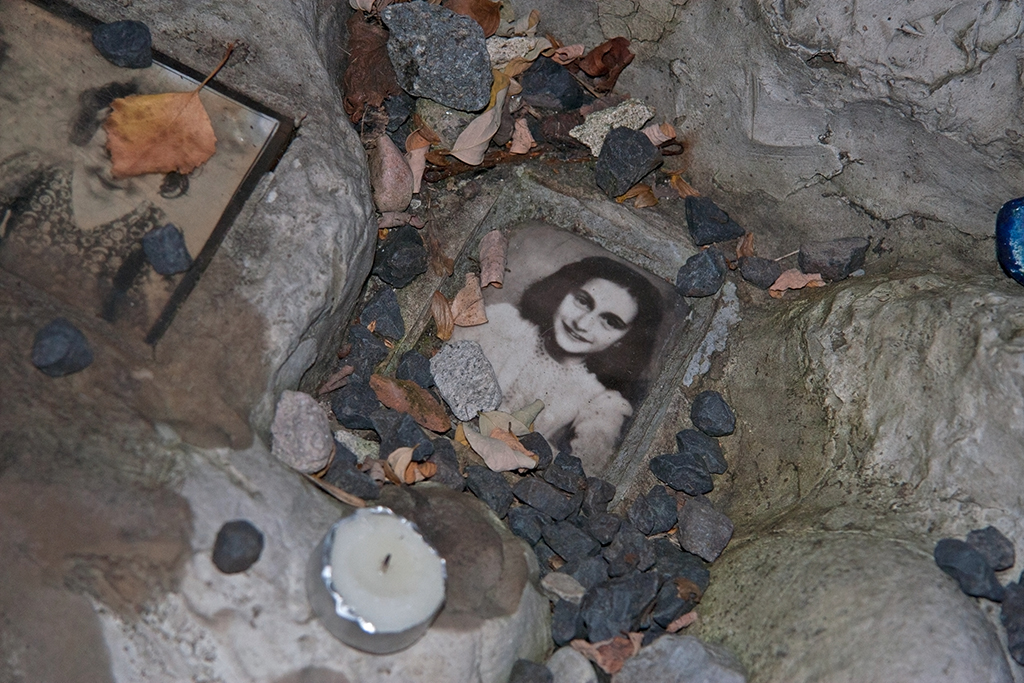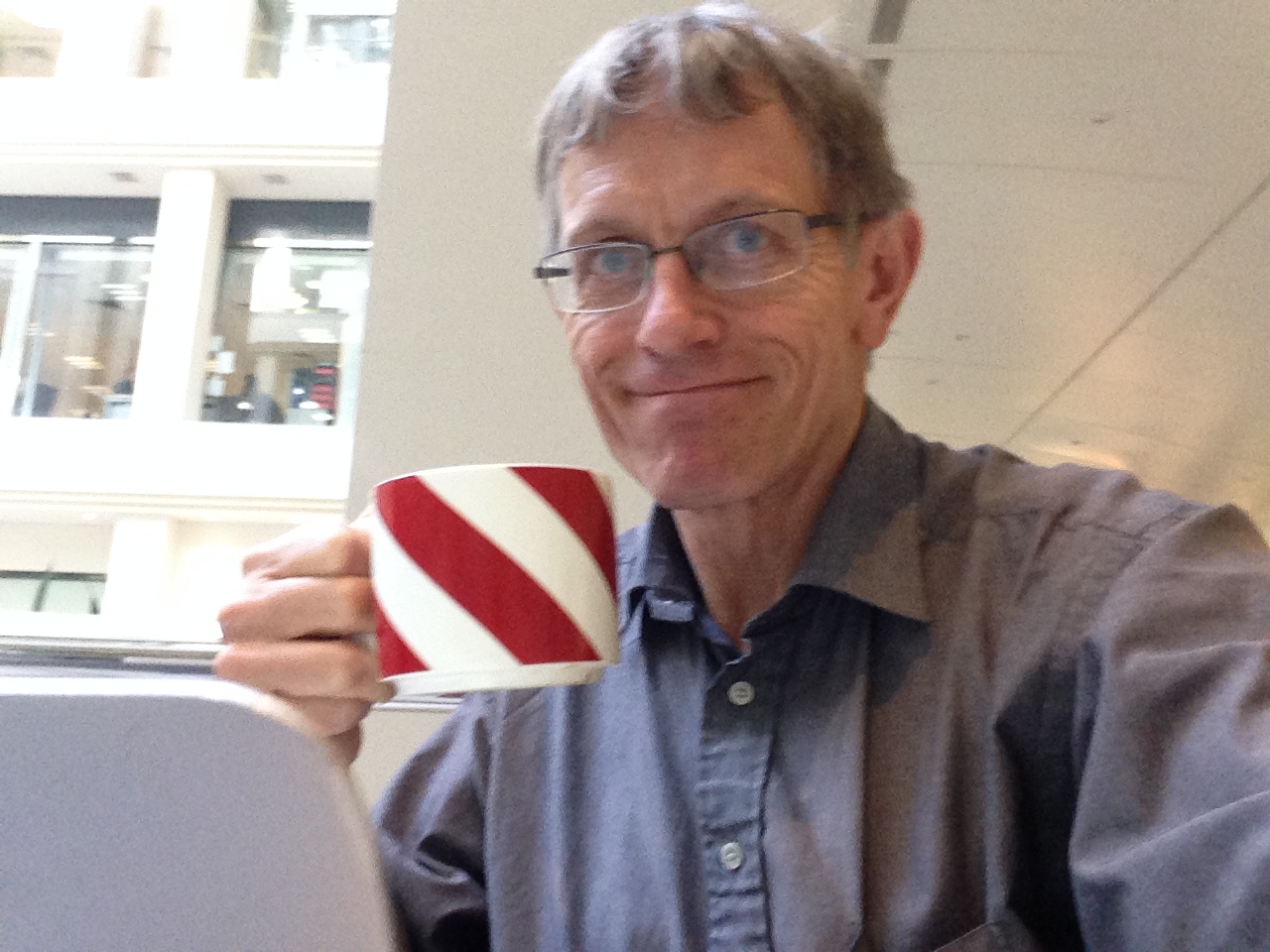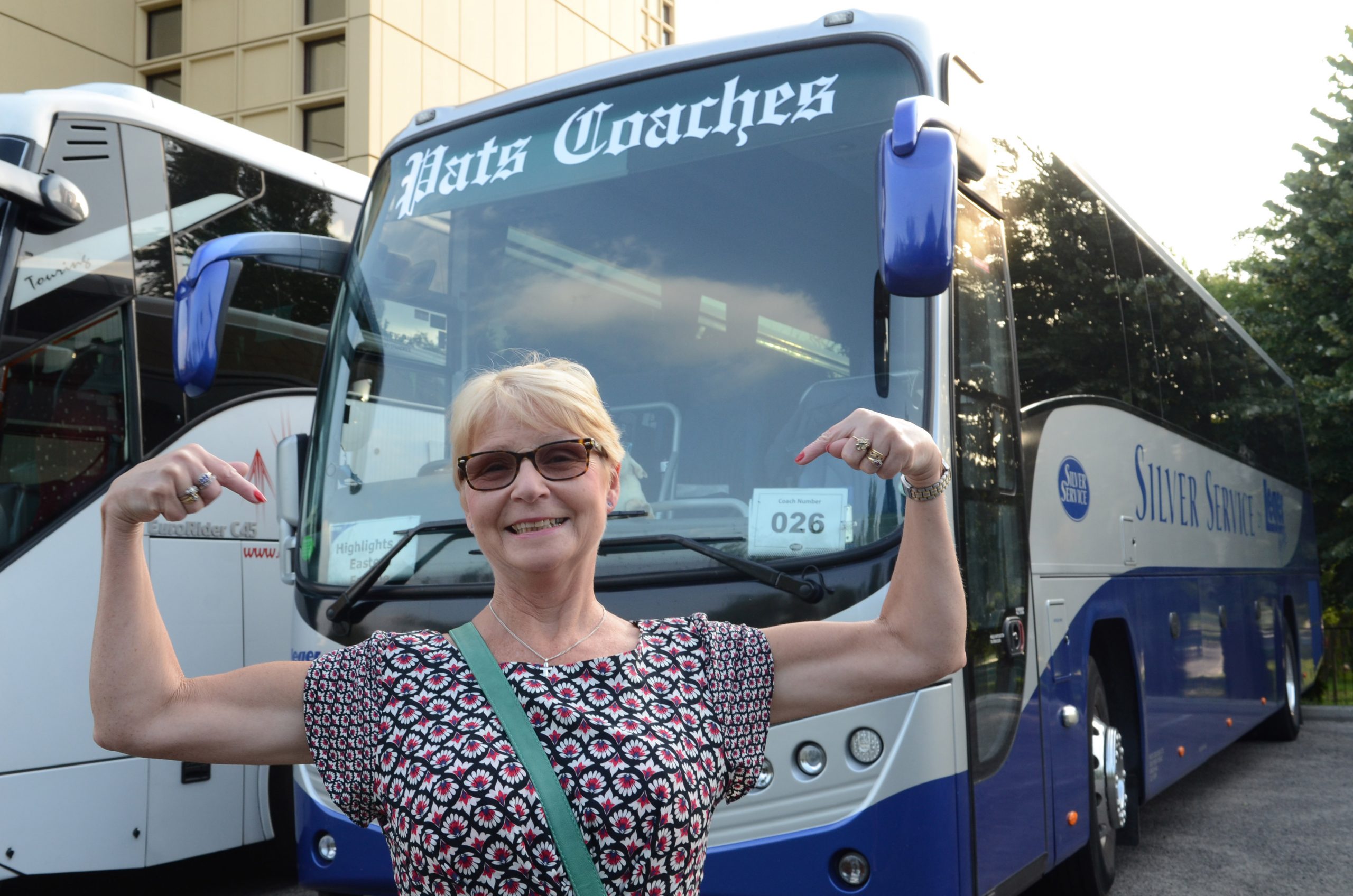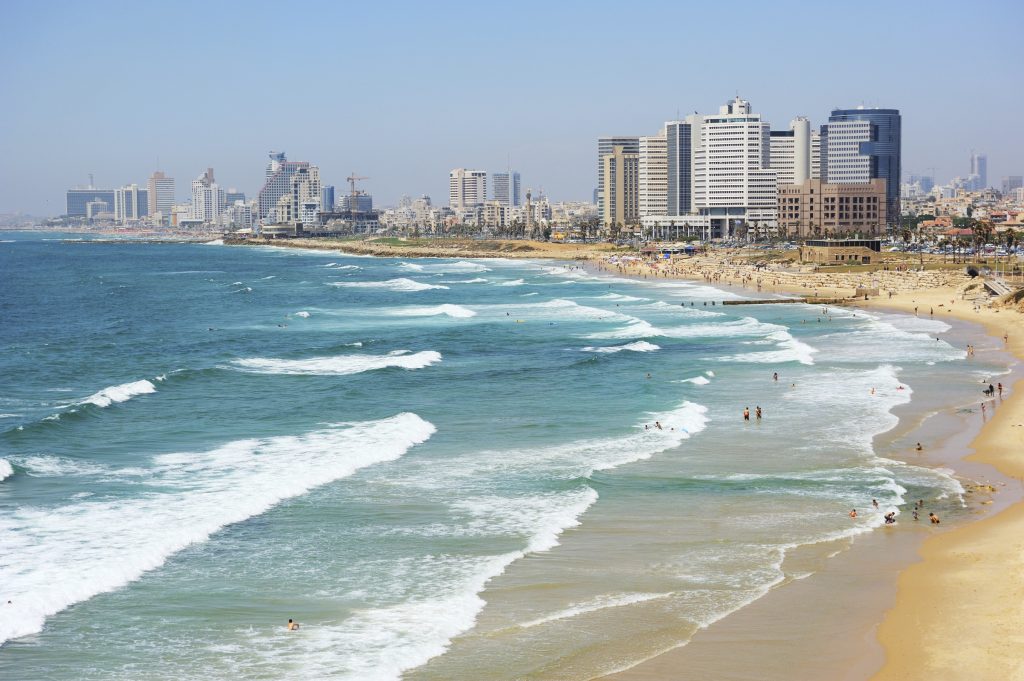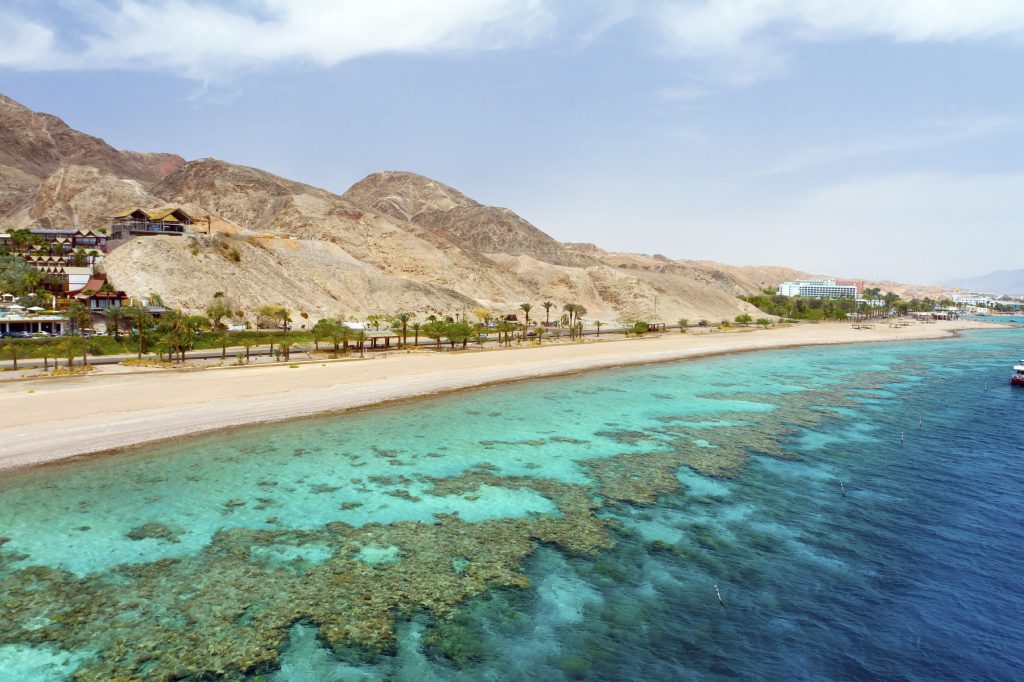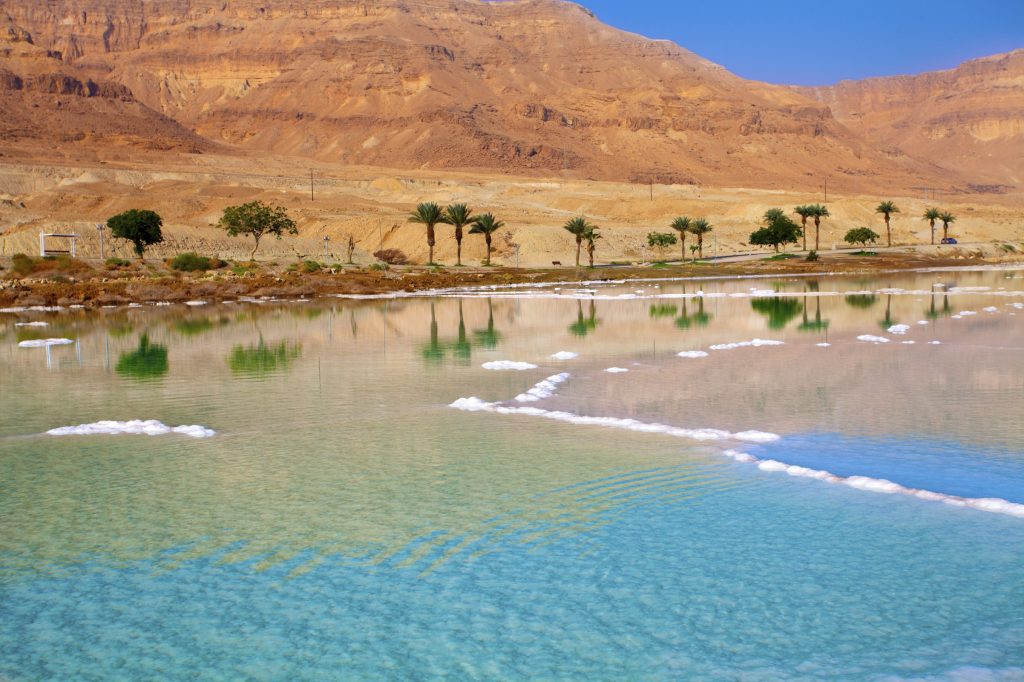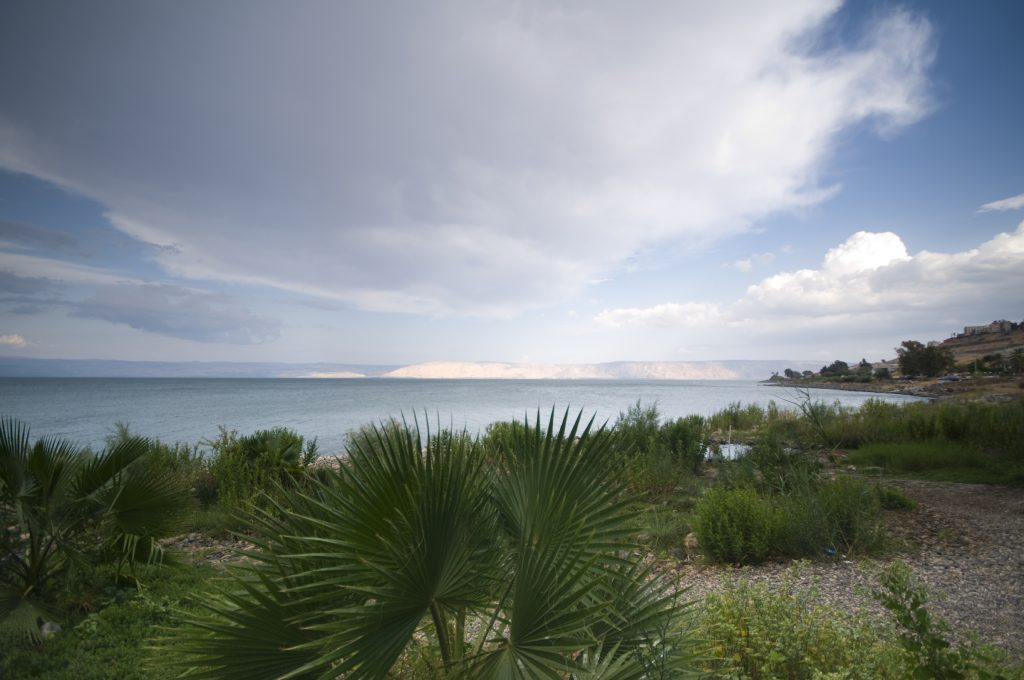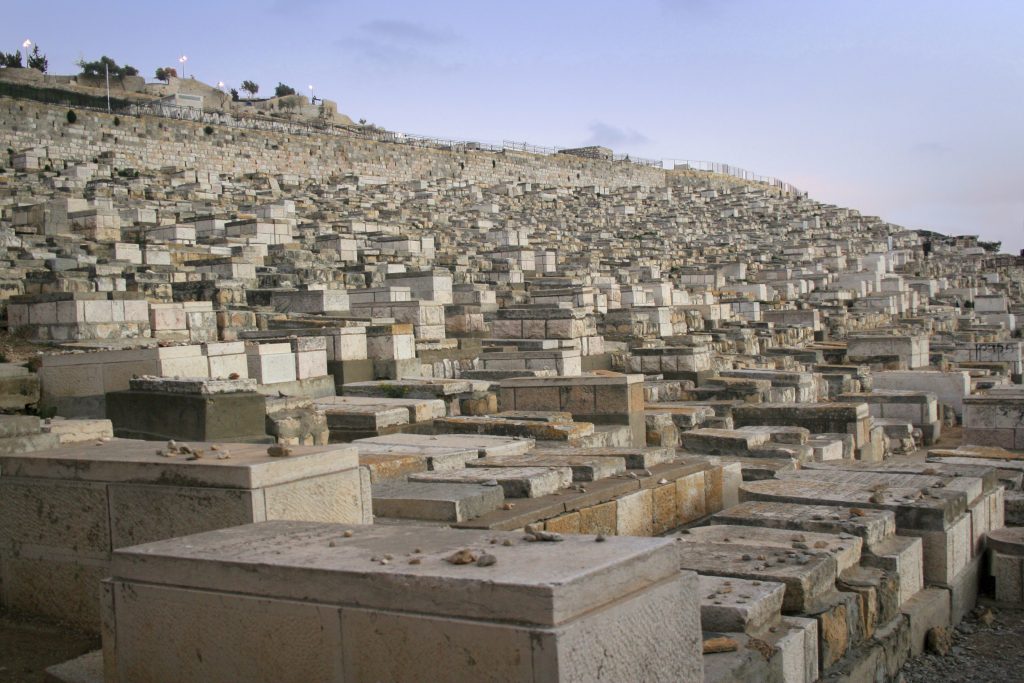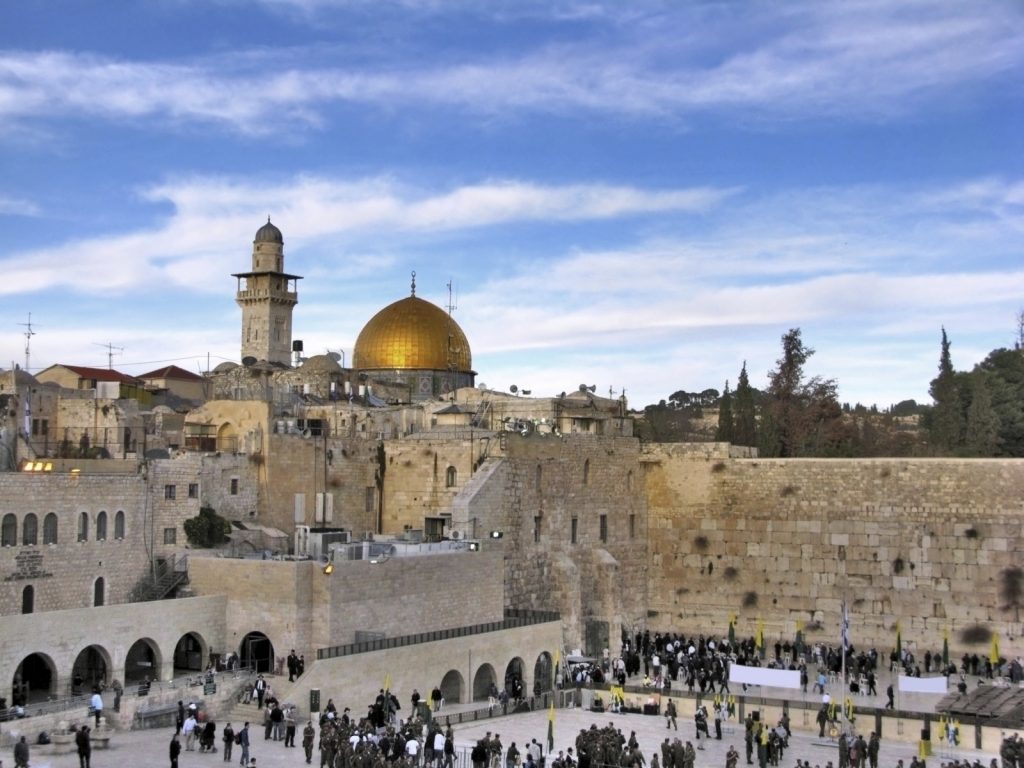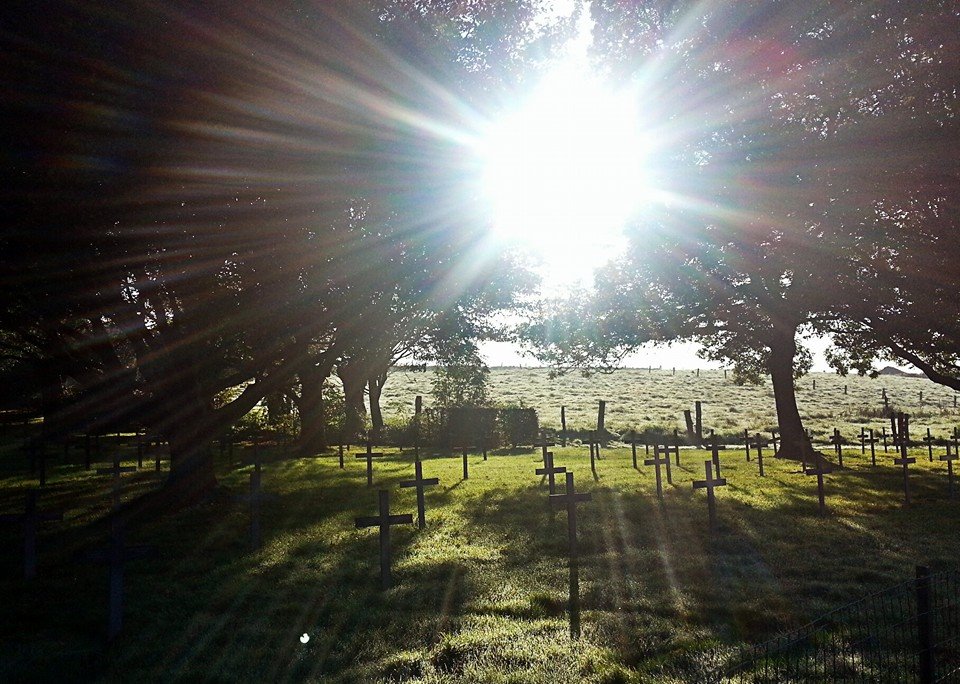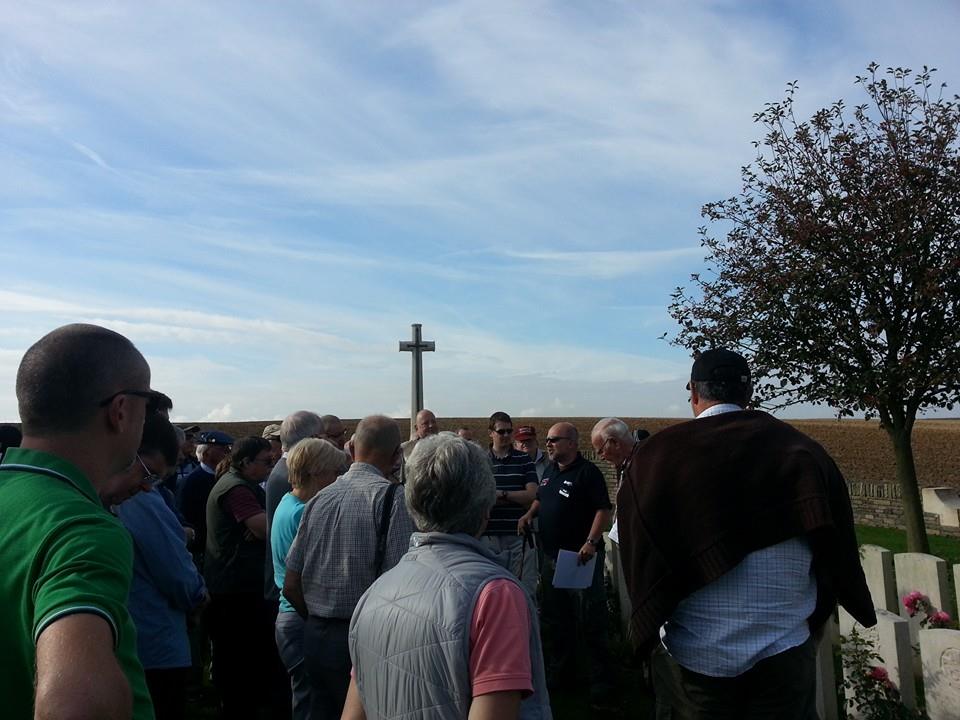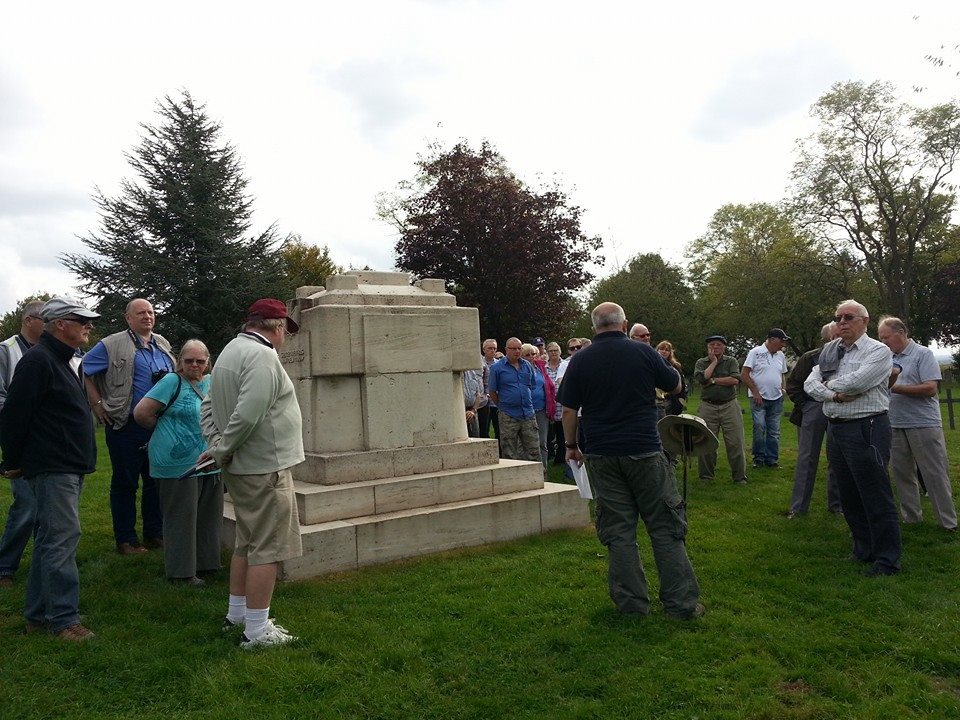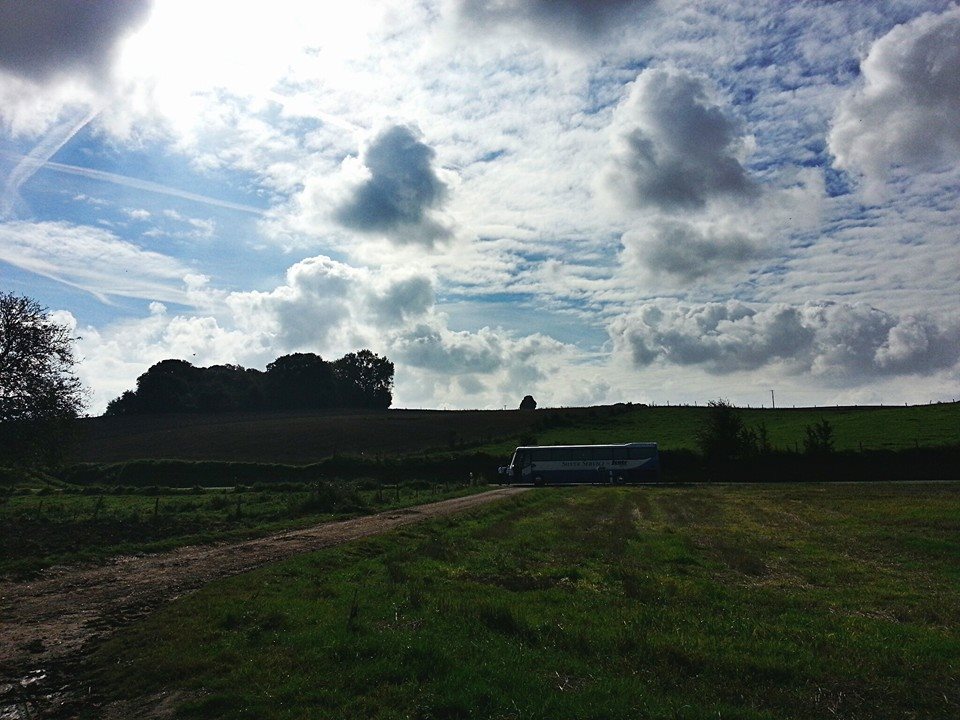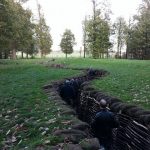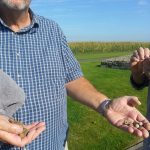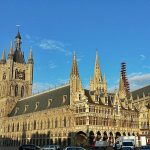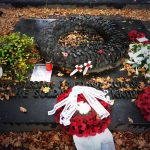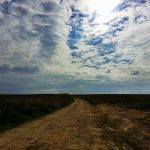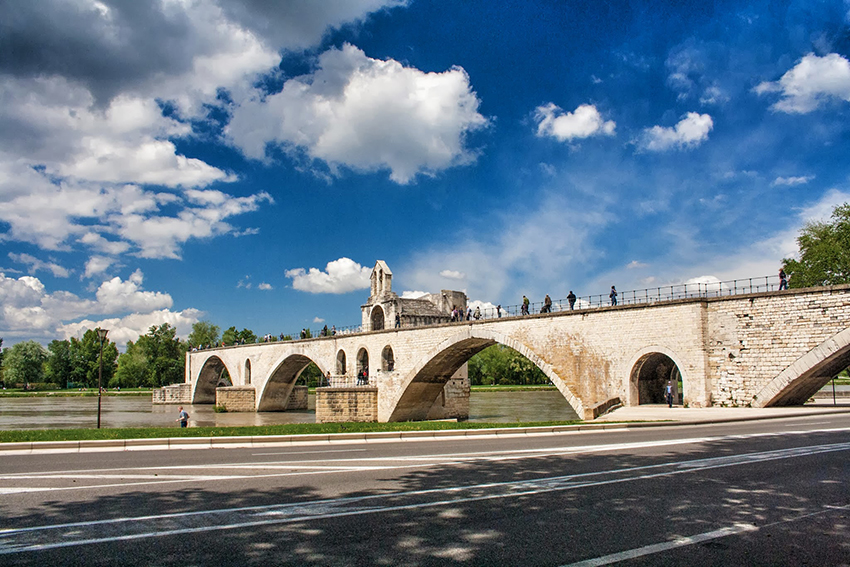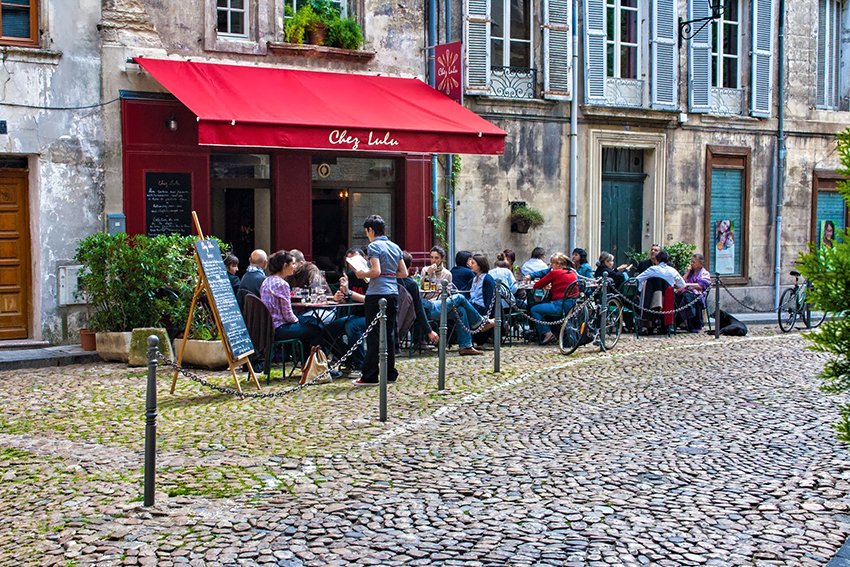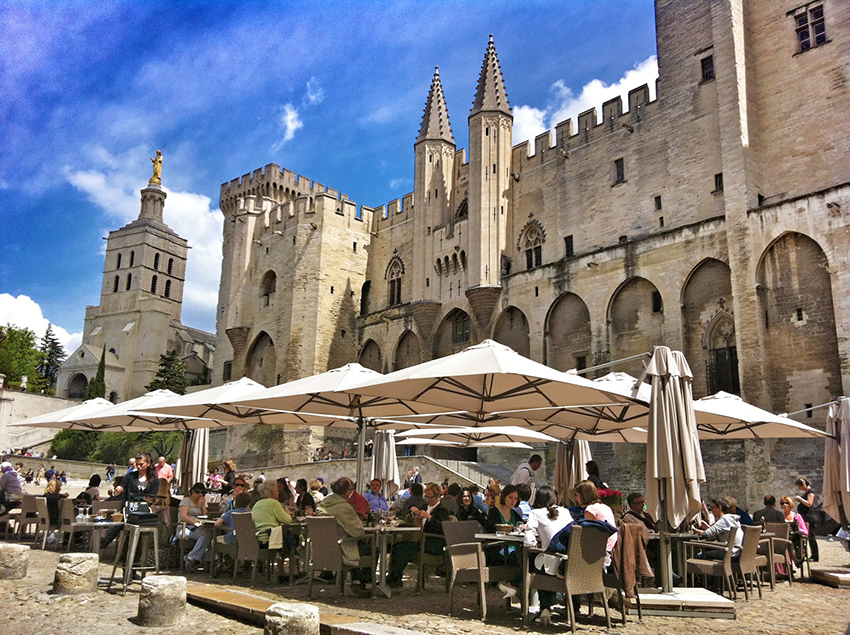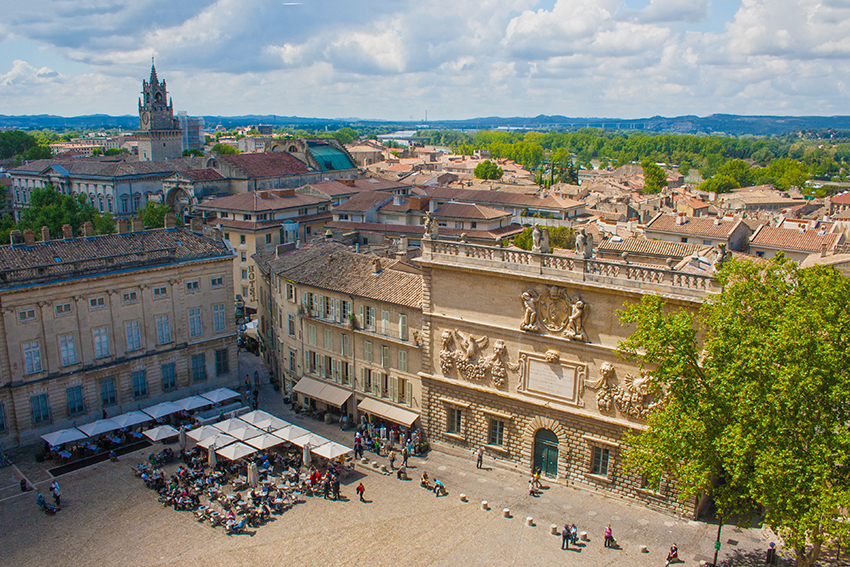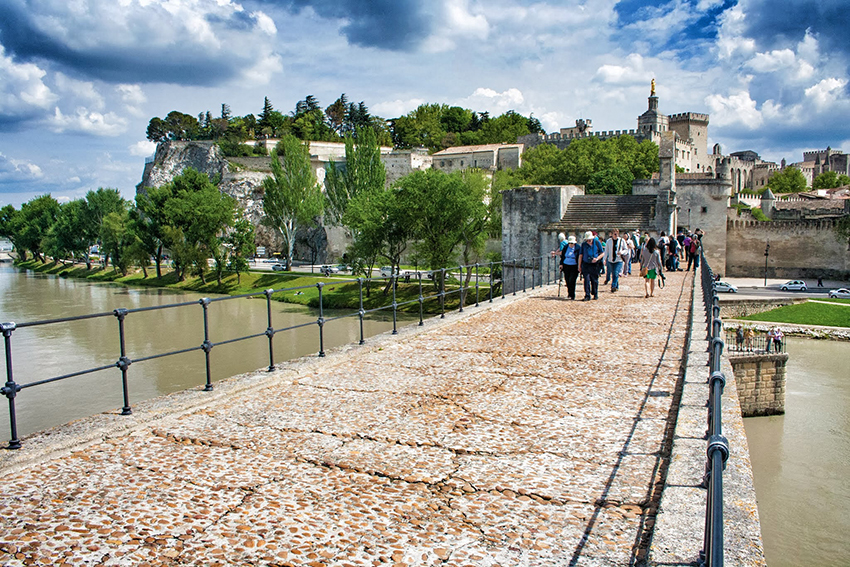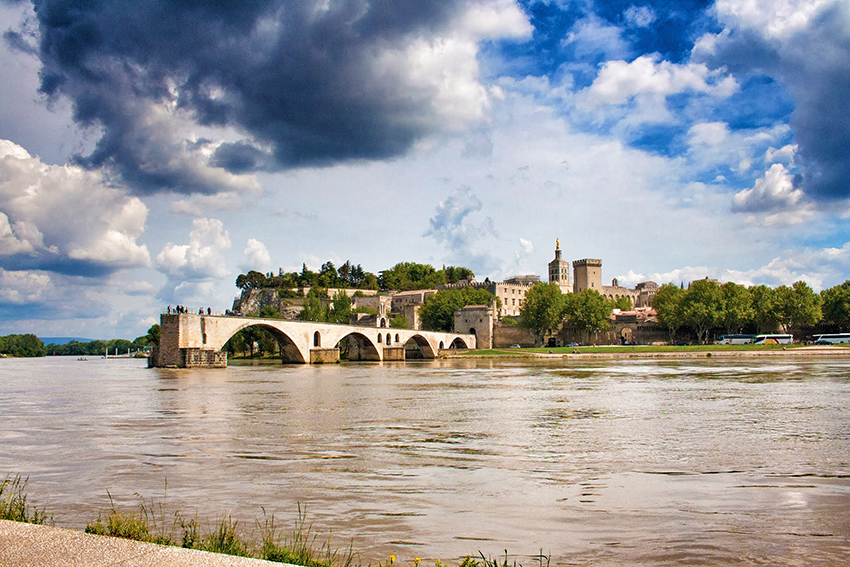This month marks the 72nd anniversary of the relief of Bergen-Belsen where more than 50,000 people perished through wilful neglect, including the young diarist, Anne Frank
Anne Frank’s posthumously published diary first appeared in print in 1947. Since then, it has become an international best seller, instantly recognisable to millions. Less recognisable, indeed largely unknown, is the posthumously published (1979) wartime diary of Etty Hillesum (An Interrupted Life), a young Dutch woman who was murdered in Auschwitz in November 1943.
Hillesum’s remarkable diary shares the same literary qualities as that of Anne Frank, which is hardly surprising as both aspired to be professional writers. Arguably, it is Anne Frank’s far more complex afterlife which has resulted in her much greater posthumous success and reinvention as a symbol of hope and forgiveness.
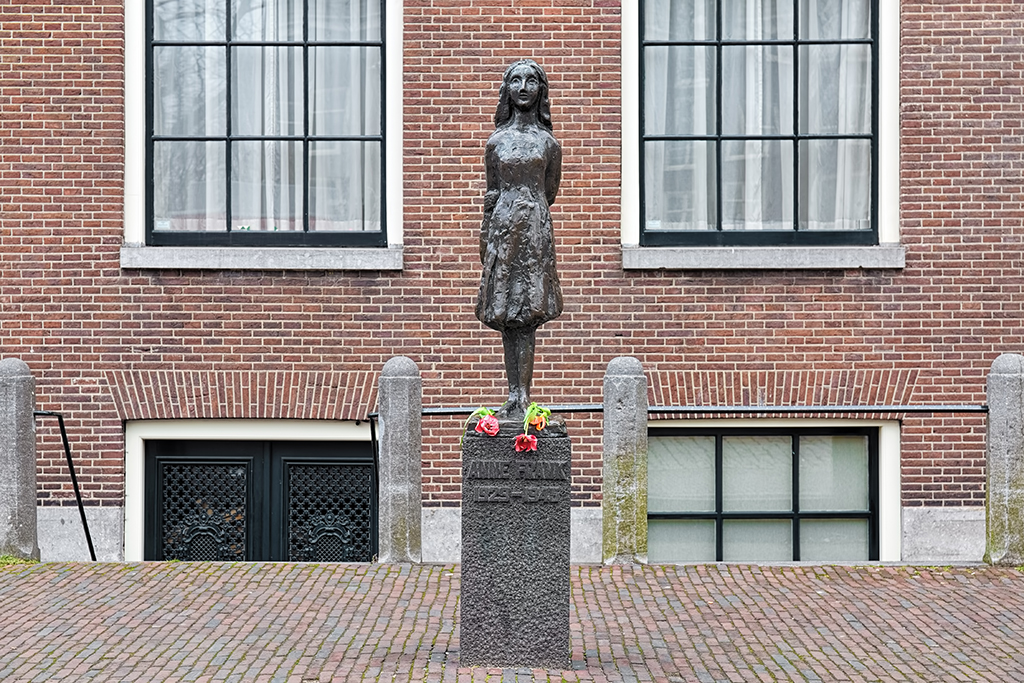
The reinvention of Anne Frank began with the publication of her diary in the United States in 1952. To make what Anne herself initially referred to as ‘the unbosomings of a thirteen-year-old schoolgirl’ more attractive to a wider (non Jewish) audience, the diary underwent a process of Americanisation, bowdlerisation and sentimentalisation.
This process extended even further with the dramatisation of the Diary of Anne Frank on Broadway in 1955 and the release of the Hollywood film (adapted from the stage production) four years later. Whilst both the play and the film were critical successes, neither captured the true essence of who Anne Frank really was.
Neither Susan Strasberg on stage, nor Millie Perkins on screen came close to capturing the mercurial and precocious young woman whose words have fascinated and inspired so many. Instead of highlighting her particular qualities, the version of Anne Frank presented to the world was a universal figure, designed above all to appeal to American youth.
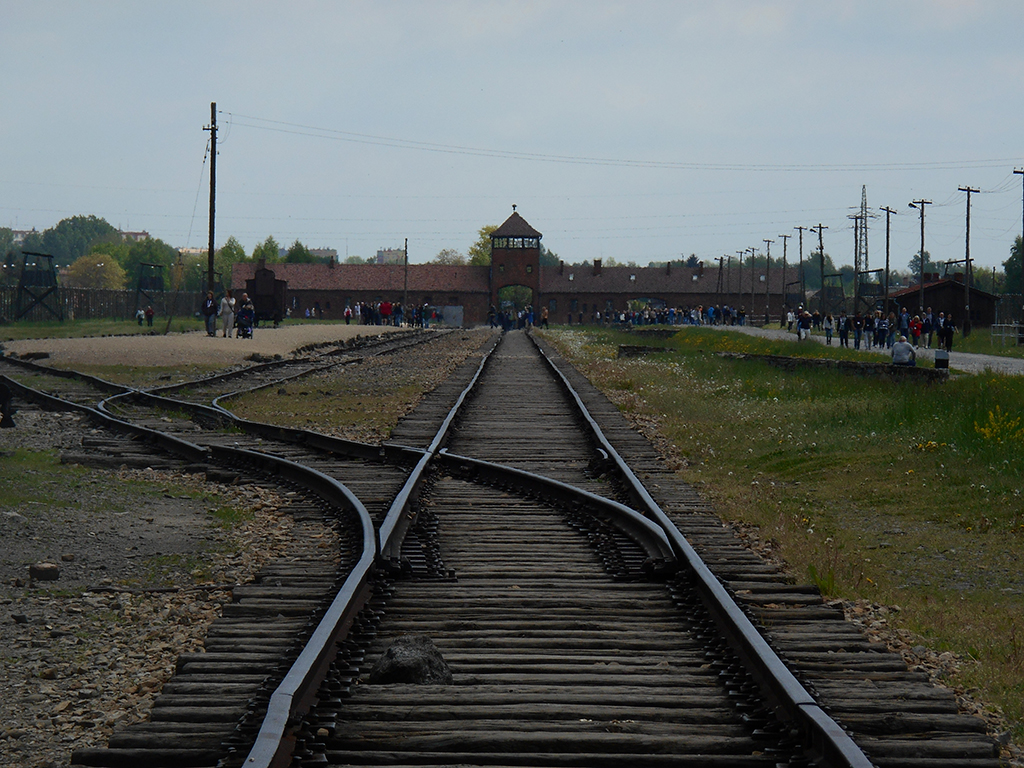
This distorted, reduced, infantilised and decontextualised figure was even furnished with a happy ending. In true Broadway and Hollywood style, the adaptations of her story conclude with those lines in her diary about believing that people were good at heart.
However, we know that in reality, there was no happy ending. As such, the decontextualising of her good-at-heart passage represents the literary equivalent of plucking a rose from a bed of thorns. The impact of that decontextualised passage has nonetheless been enormous, as from it, she has come to be recognised as a universal symbol of hope and forgiveness.
In recent years, the story of Anne Frank has been subject to literary interpretations, or re-imaginings, most notably Philip Roth’s novel The Ghost Writer (1979) and Sharon Dogar’s Annexed (2010).

Whilst both are written with a degree of sensitivity, neither help us to understand the true story, that of a life of great promise cut tragically short in the most terrible of circumstances.
For me, as a guide, it is important to distinguish between the crafted image of Anne Frank and the real person. Therefore, on The Holocaust Remembered tour, we take in the locations which serve to inform us about her real life and the circumstances of her death.
In a sense, Anne Frank lives on through her diary. However, we know that she isn’t alive, as this ordinary, yet extraordinary young woman was buried in a mass grave in Bergen-Belsen in late February 1945. That is what makes her story so unbearable and yet so fascinating. Furthermore, it is what makes this tour such an emotional, yet rewarding experience.
